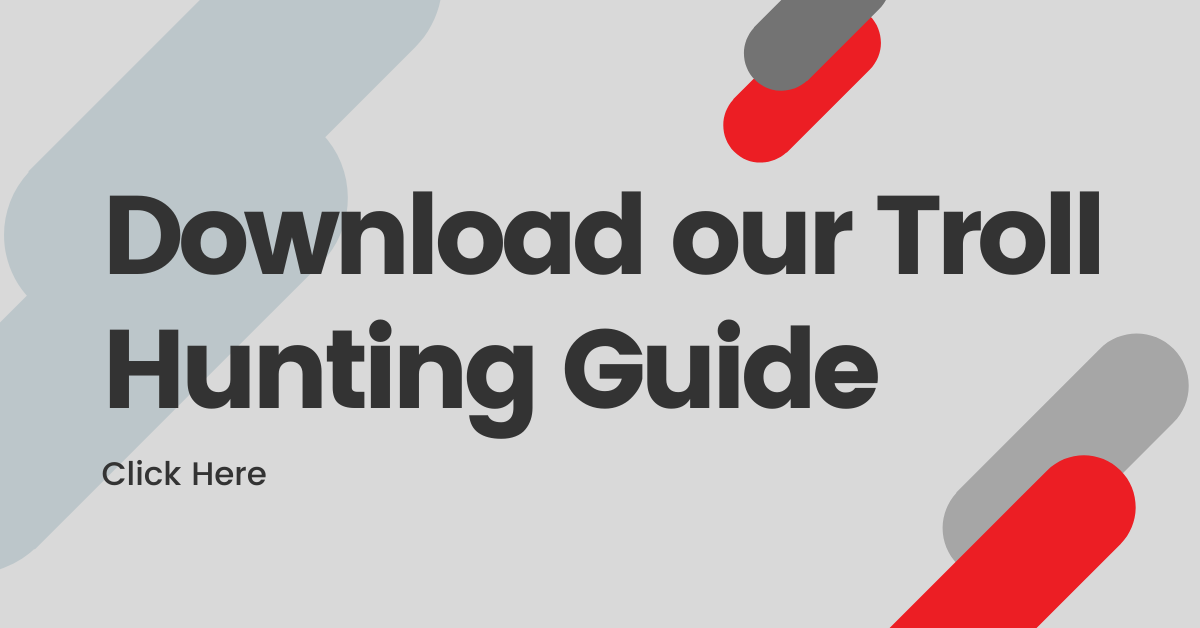Spotlight:
- To improve customer acquisition and subscriber retention, media organizations need to provide community members with value exchanges centered around their needs.
- Viafoura data highlights how customers can boost retention rates by 20-40% for users who interact with social tools over a six-month period.
- 64% of consumers are interested in exchanging their information for personalized services.
- Over half of audiences become dissatisfied if they need to subscribe to more than one service to access content.
- Social spaces, personalized news feeds, interactive Q&As/AMAs, live blogs, solutions journalism, featuring diverse voices in content, interactive online events and a single sign-on solution can all build value for media communities.
- Viafoura delivers engagement and personalization tools that help media organizations win over their audience’s attention, data and loyalty.
As all successful media companies know, a digital visitor isn’t going to return to a website or app unless it’s worth their time, energy and potentially even money. Publishers must, therefore, go out of their way to create value for digital visitors in exchange for their loyalty as dedicated followers.
Naturally, this value exchange is most effective when products, content and experiences offered by media organizations are made with their audience’s interests and needs in mind.
According to trainers from the Media Development Investment Fund, “[your] audience will immediately [recognize] the value you provide, if all the decisions you make are centered around providing value to your community.”
So if you’re hoping to boost customer acquisition rates and subscriber retention, you’ll need to implement a wide range of actions and strategies that benefit your end users.
You can start injecting value for your digital community directly into your company’s content and experiences through the following tactics:
1. Social spaces
Media companies can add value to their online communities through a wide range of conversation-based widgets, including commenting sections and live chats. These social tools give digital visitors the ability to engage with content and form relationships with like-minded people.
In fact, customers who implement Viafoura’s social tools experience a 20-40% boost in retention six months after users interact with them.
2. Personalized News Feeds
Personalization is essential for any company that wants to win over visitor attention and stand out from its competitors.
“Improving the interface with personalization… strengthens the audience connection,” explains Rande Price, research director at Digital Content Next. “As the competition for audience grows tighter, it’s necessary to take actions that support developing and maintain a strong relationship with the audience.”
And since 64% of consumers are willing to hand over their information in return for customized services, personalized content feeds are highly appealing to digital visitors.
3. Interactive Q&As/AMAs
By hosting live Q&As and AMAs, media organizations allow digital community members to have their burning questions answered.
These chat-based activities can also be used to generate audience excitement around major milestone events and connect visitors with trusted subject matter experts.
4. Live Blogs
Live blogs have been exploding in popularity amid the pandemic, civil unrest, presidential election and other critical emergencies.
Acting as a single spot for ongoing, reliable updates, this live publishing format helps visitors view and interact with the latest information in a seamless way.
The Philadelphia Inquirer even calls its live update format “a conversion monster” as it encourages visitors to return to its site for trusted, easy-to-access content.
5. Solutions Journalism
Every news media organization strives to serve up dependable content. Unfortunately, that on its own isn’t always enough to overcome news fatigue or make a positive impact on audiences.
Solutions journalism — a method for creating news content that goes beyond a news issue and explores related solutions or next steps — is quickly becoming a widely valued approach to journalism.
You can use solutions journalism to avoid overwhelming audience members with doom and gloom and persuade them to return for unique, in-depth news coverage.
6. Featuring Diverse Perspectives in Content
Audiences value content that represents their opinions, demographics and concerns.
Consider amplifying voices from your organization’s community by powering content with different perspectives and questions from audience members. Promoting racial, cultural and gender diversity within content teams also helps media organizations create content that better reflects their communities.
7. Hosting Interactive Events Online
Any event can theoretically attract audience members through subject matter. But when events are executed online, media companies can integrate an additional interactive component that allows attendees to engage with other people.
“Given the pandemic and the restrictions, the incentive to join an event and the need for interactivity is more important than ever,” states Nikki Claire, who runs events and client services for Hearst UK.
8. A Single Sign-On Solution
There’s nothing more frustrating than losing the interest of an audience simply because they can’t sign in to tools and experiences easily.
Deloitte reports that 53% of audiences become dissatisfied if they need to subscribe to several services to access content.
With a single sign-on solution, you can give your business’ digital community complete access to all the tools and content they crave without having to create multiple accounts.
No matter what your company’s digital community looks like, their attention comes at a cost. Media organizations must meet and exceed the needs of their audiences in return for visitor’s attention, data and money.
By teaming up with Viafoura, organizations can feed into this value exchange with critical engagement and personalization tools. As a result, customers can successfully transform casual visitors into registered users and loyal subscribers.







